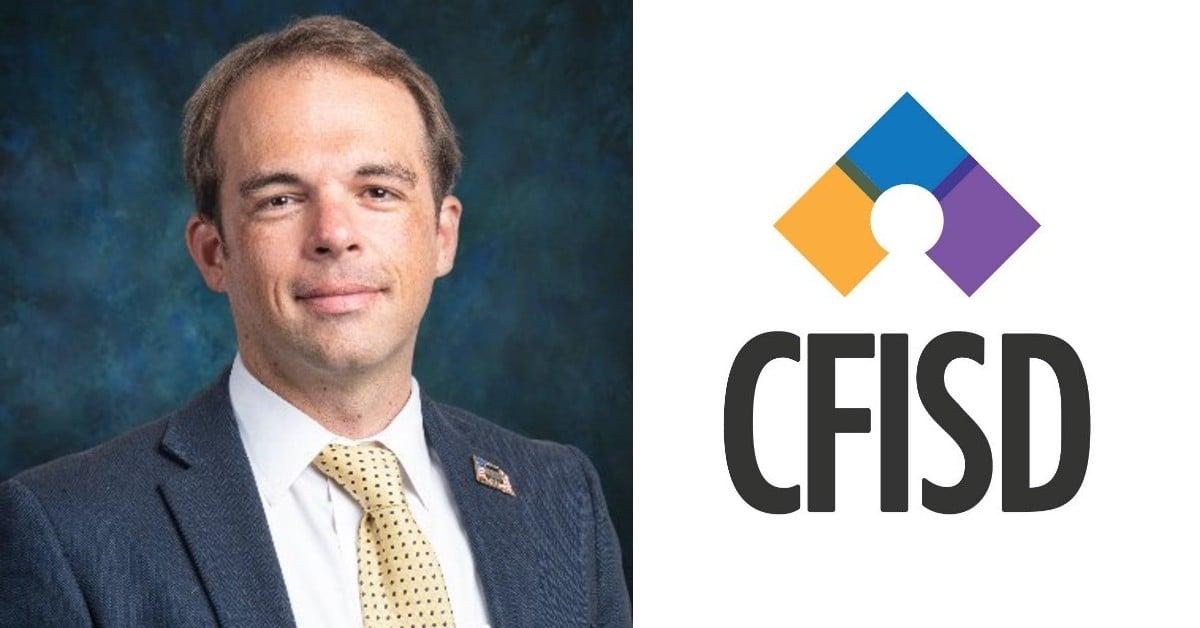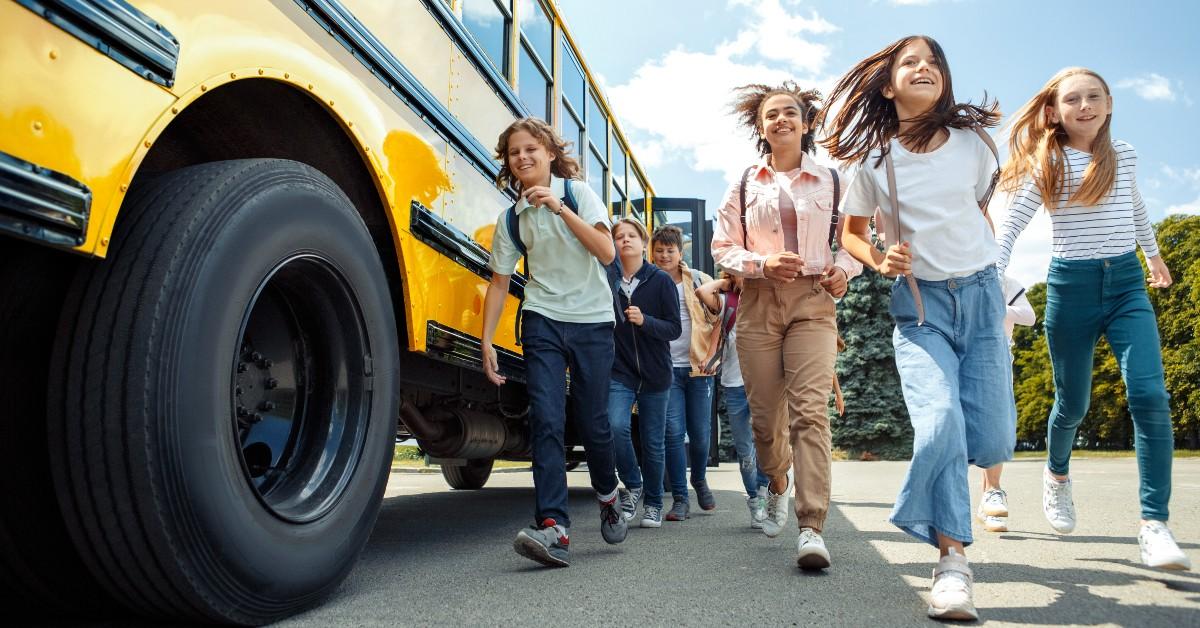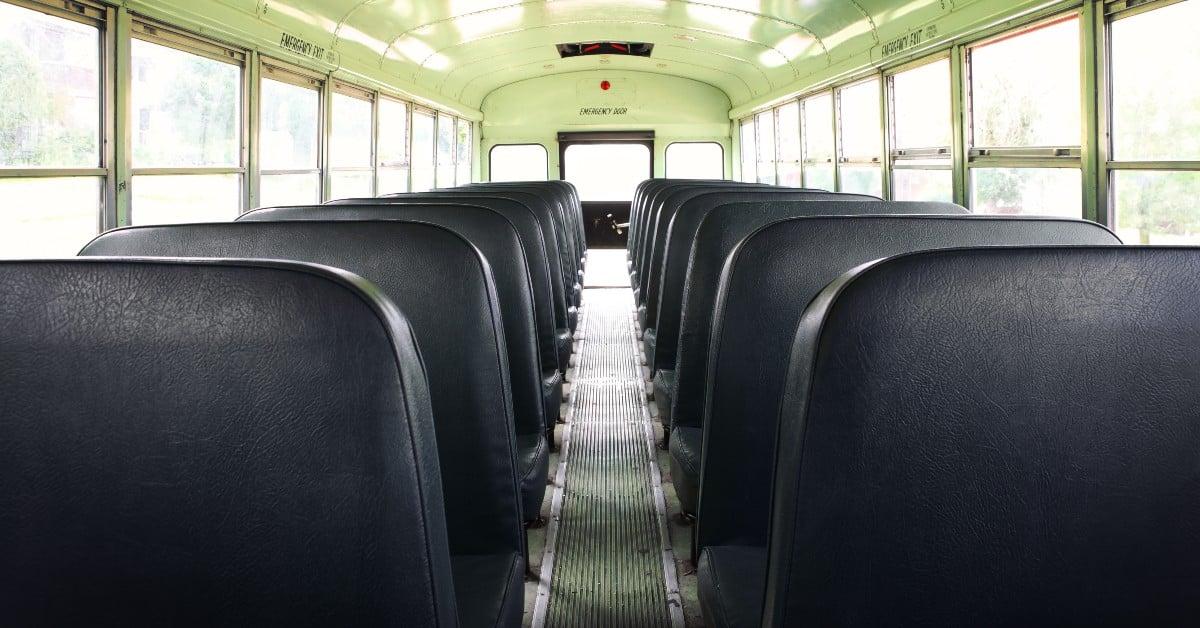How to help students adjust back to in-person learning
Transitioning to online learning was difficult, but that doesn’t mean going back to in-person classes is easy. Teachers, students, and their families have all grown used to participating in school at home. Now you may wonder how to ease kids back to in-person learning and what you can do as a teacher or parent.
This guide addresses a few ways everyone can make things easier for students during another transition period. As they grow used to old routines, they’ll find new ways to thrive because their educators and parents know how to form a successful support system.
Meet with students individually
Everyone experienced the pandemic in different ways. Some people went hungry when panicked buyers emptied grocery stores. Other people lost loved ones or suffered long-term health effects from COVID-19. It all affected the kids trying to keep up with their schoolwork and potentially caused pitfalls that prevented them from excelling academically.
Teachers should meet with students individually, even if it’s over video chat. Talk with them and their parents about their greatest struggles and what may have prevented them from thriving with online learning.
If you’re an educator, take notes on what the parents and students in your classroom went through. Their challenges will point towards specific solutions you may be able to implement. Free tutoring, an extended school year, or refresher courses over the summer could be what your students need, depending on how the pandemic affected them.
Restructure the course syllabus
A virtual course syllabus may not work with in-person instruction. Teachers may need more time for activities they didn’t handle during the pandemic, like enforcing recess breaks or demonstrative lessons with props. Restructuring the syllabus gives educators a chance to start fresh and make the classroom more inclusive by working post-pandemic adjustments into the daily routine.
Add time slots for reviewing material that students struggled with over virtual lessons. Encourage a tutor to visit the classroom on certain days and add positive grades from tutoring sessions to student report cards.
Teachers can also learn how to help special needs students adjust to in-person learning by taking a second look at their schedules. Use some time when school begins to perform updated formal and informal assessments and focus on the connections your students need. You’ll incorporate helpful syllabus structures for everyone and make the school year great, no matter what your students need from their return to the classroom.
Consider a hybrid schedule
School systems are figuring out how to ease kids back to in-person learning by taking things slowly. Hybrid schedules allow for more flexibility and give everyone time to get used to in-person activities. Teachers and parents can talk with school administrators and elected representatives to encourage this kind of schedule for their school.
Learning partially at home and in a classroom eases student anxiety related to being around so many people again. It’s also a proven way to keep schools open by reducing outbreaks through mitigating close contact.
Emphasize self-care habits
Self-care is essential for every student to succeed. Teachers can encourage healthy habits in the classroom, but parents should reinforce them at home, too. Work with your children so they get enough sleep and eat a healthy diet. These are two necessary parts of life that people don’t think of as vital to in-person learning transition tips, but they make or break a student’s success.
Not resting or getting proper nutrition prevents kids from focusing on their work. They won’t feel motivated to go to school and may form a weakened immune system that puts them more at risk. Teachers may help with this by creating classroom prizes for kids with the healthiest lunch boxes or advocating for free meals at school so no one loses out on self-care essentials.
Utilize more safety precautions
Federal and state governments work with school systems to form guidelines that protect kids from putting their health at risk. Still, teachers can utilize more safety precautions than what are mandated. Follow all masking and distancing protocols, but also install plastic barriers between desks. Avoid assigning group work and check everyone’s temperature at the door when they arrive for class.
Parents could send their kids to school with extra masks, hand sanitizer, and even a personal thermometer in their backpack. Even if they never need any additional supplies, having a few backup safety measures could help everyone feel reassured about adjusting to in-person learning again.
Schedule regular conferences
Life after the pandemic will have ever-changing challenges. Sometimes families may struggle with unexpected job losses or sick extended family members. School systems might abruptly change scheduling if there’s a significant community outbreak.
Parents and teachers can work together to schedule regular conferences. Talk about what’s currently working with the in-person learning setup and what may not work. When everyone works together, you’ll identify critical issues like how to help special needs students adjust to in-person learning or make up for lost time.
Adjust Back to In-Person Learning
These are just a few virtual to in-person learning transition tips that parents, teachers, and students can use in the coming weeks and months. Stay flexible, communicate with each other, and look for new ways to problem solve so students can excel in the classroom no matter what’s going on in their lives or the community.
About the Author

Ginger Abbot is an education and lifestyle writer with a passion for learning. Read more of her work on Classrooms.com, where she serves as Editor when she’s not freelancing.


